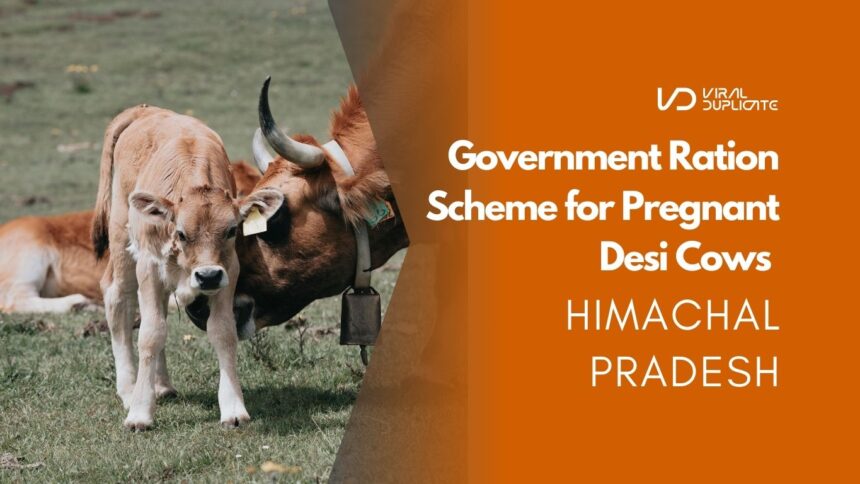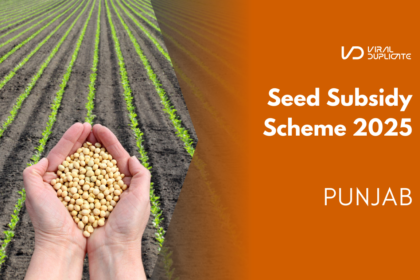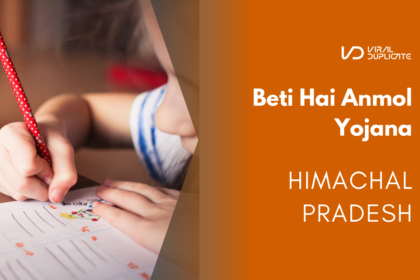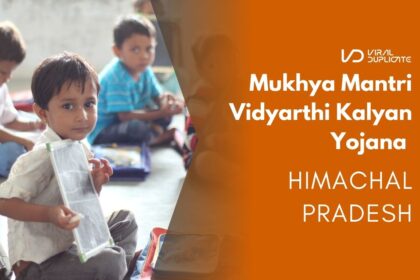India’s rural economy majorly depends on livestock farming, specifically among the Below Poverty Line (BPL) families. To support the wellbeing of desi cows, the Himachal Pradesh government has implemented “Govt Ration Scheme for Pregnant Desi Cows”.
This program provides subsidized well-balanced food to improve milk yield, decrease the calving interval and improve health of the cattle. The benefits, requirements, and steps to apply for this program are also given.
Key Benefits of the Ration Scheme for Pregnant Desi Cows.
With the Himachal Pradesh Livestock Welfare Scheme, pregnant native cows will now be taken better care of by providing:
- Enhanced Milk Yield – Proper nutrition can boost the milk output to 2 liters, or more, per day.
- Healthier Calves – If pregnant cow receives healthy diet and essential nutrients leads to stronger, disease-resistance offsprings.
- Financial Aid for Farmers – BPL families are granted a 50% discount in cow-feed costs, and financial load will be reduced.
- Revival of Indigenous Breeds – The plan ensures desi cow conservation and makes a promise for long term sustainability.
Eligibility Criteria of Ration Scheme for Pregnant Desi Cows
Cattle-keepers need to meet the following criteria if they want to benefit from this livestock subsidy:
- Must belong to BPL(Below Poverty Line) Family.
- At least own one desi or crossbred cow.
- One can apply for maximum of two cows per family
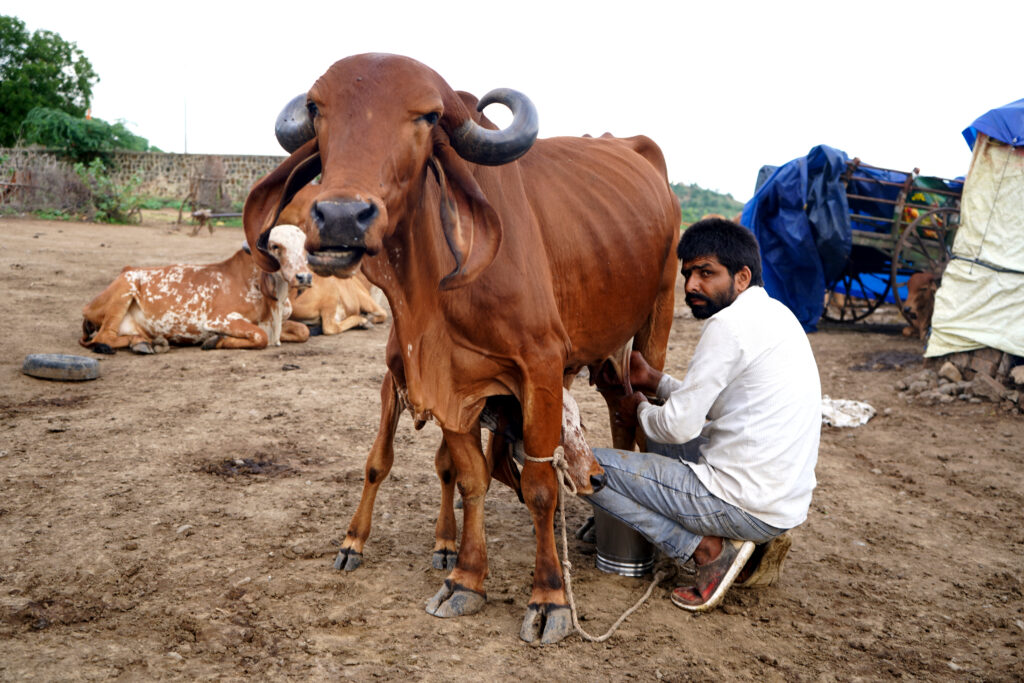
Subsidy and Ration Details
Each of these pregnant cows, within the last three months of pregnancy, is given 3 kg standard feed per day.
The government is providing a 50% subsidy on cattle feed, while the remaining 50% cost of it is supported by the farmer.
Read more about Skill Development Allowance Scheme 2025: Financial Aid for Unemployed Youth in Himachal Pradesh
Step-by-Step Application Process
Step 1: Gather Required Documents
- BPL certificate as a proof of eligibility for the scheme.
- Cow ownership documents or veterinary certification.
Step 2: Fill Out the Application Form
Take the form from the local Animal Husbandry Department office or official government website.
Step 3: Submit the Application
Handled filled-out application form along with required documents in the nearest animal husbandry department office.
Step 4: Verification Process
Goverment officials will review and verify the documents before approval.
Step 5: Subsidized Ration Distribution
Once the government approves their application, farmers will receive cattle feed for their pregnant cows at subsidised rate.
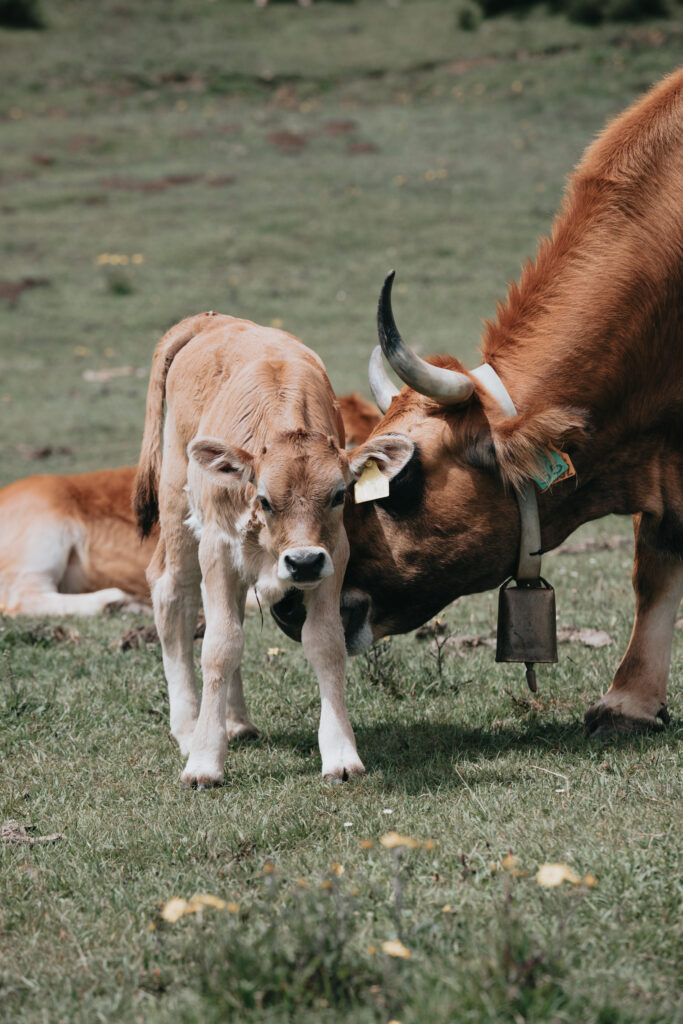
Impact on BPL Farmers and Rural Economy
This livestock help scheme benefits rural farmers a lot by the following ways:
- Boosting Household Income – It is indicated that such families, which can obtain up to ₹18,000 per lactation cycle with estimated 2 liters of milk per day.
- Enhancing Animal Health – Taking the right nutrition may reduce the proportion of cattle diseases and thus will cut running costs of veterinary services.
- Sustaining Indigenous Cow Breeds – The promoting of desi cow breeding ensures that offspring will better adapt to the local environment and produce better quality milk.
Why This Scheme Matters for Sustainable Farming
Supporting the pregnant desi cow plays a crucial role in the sustainable farming. Indigenous species possess genes, which enable natural resistance to diseases, have lower need for medical intervention and at the same time provide A2 milk which is rich in nutrients. The initiative of Himachal Pradesh government would be such a step resulting in BPL families sustaining healthy cattle without their financial strain.
The Maintenance of Pregnant Desi Indigenous Cows Ration for BPL Families scheme is a game-changer for small-scale farmers. This way the government is contributing to the strengthening of rural economies and the sustainability of dairy farming by providing nutritional support, financial support, and incentives for indigenous breeds.
